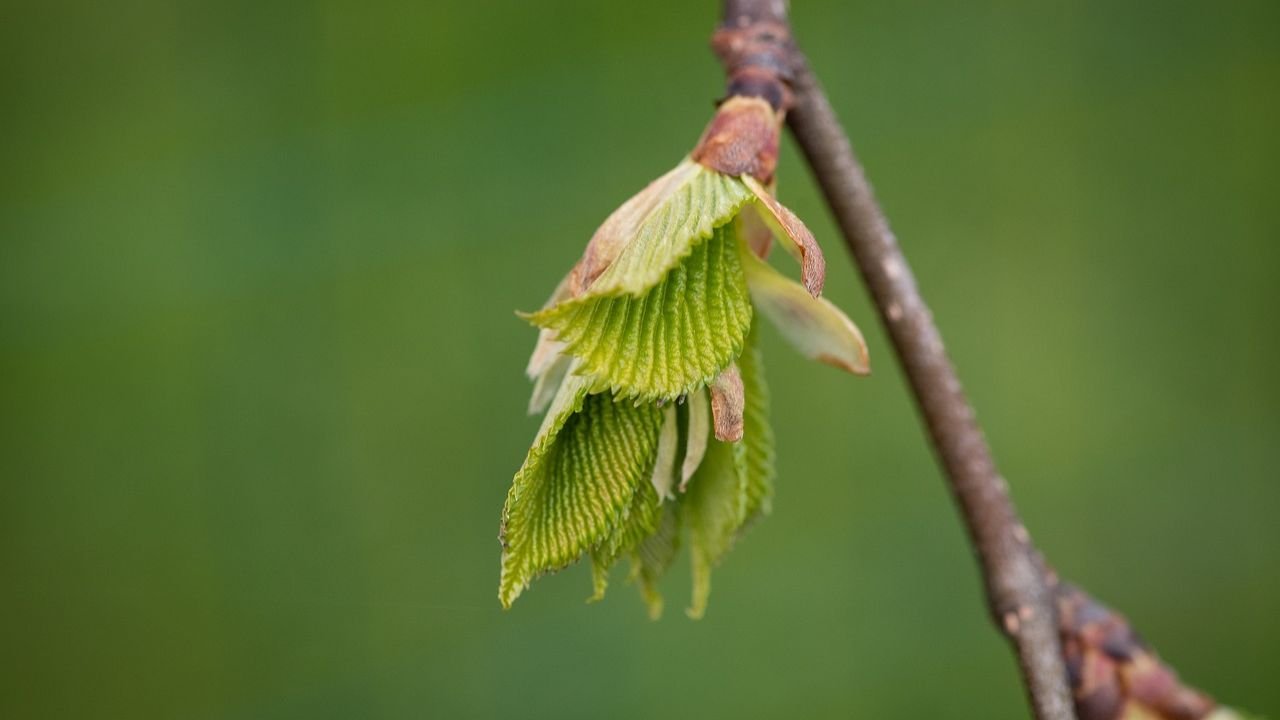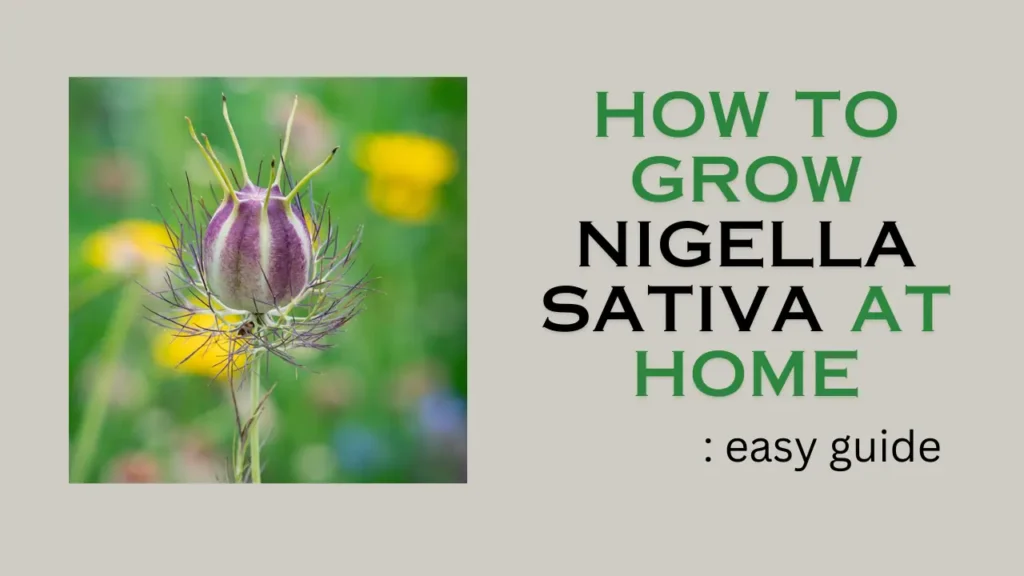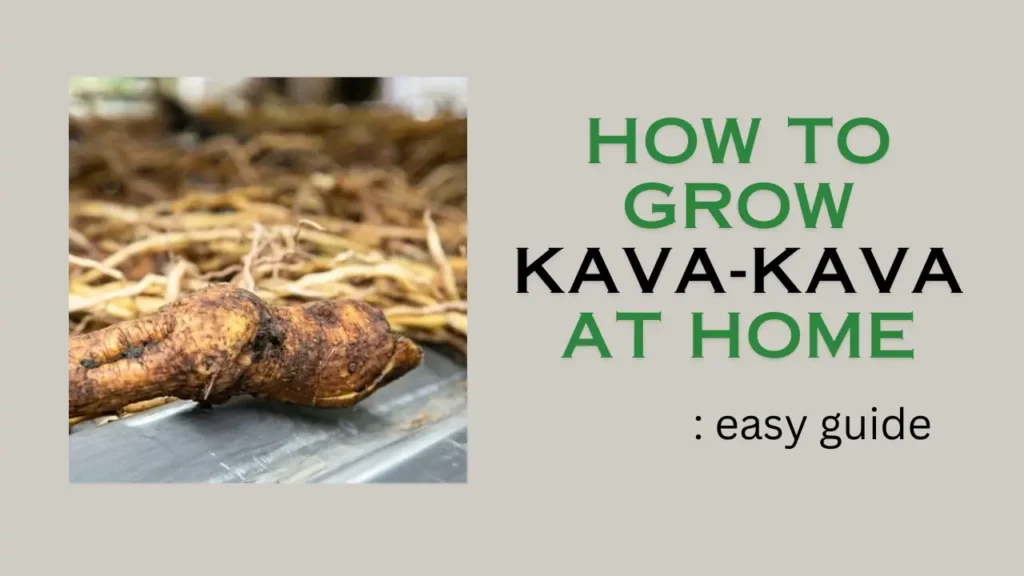Slippery Elm is a medicinal herb that has been used for centuries for the treatment of various diseases. Even today many people use it in various forms but also consult a doctor before using it, so you should also consult a doctor while using it medicinally. Let us know how it can be grown at home and what benefits we can get by growing it:

Table of Contents
Quick Facts about Slippery Elm
| Scientific name | Ulmus rubra |
| Native | Eastern North America |
| family | Ulmaceae |
| Active compound | Mucilage, antioxidants, tannins |
| sun | Required full sunlight |
| Soil | Well-drained soil |
| Water | keep the soil moist but not waterlogged |
| Fertilizer | balanced fertilizer |
Steps to grow Slippery Elm at home
Slippery Elm should be grown before the end of summer or at the beginning of autumn. To grow it, you can buy its seeds or plants from a nursery. While buying them, keep in mind that both the seeds and the plant are healthy.
Soil – Slippery Elm prefers well-drained soil to grow.
Sun – It requires sufficient sunlight to grow, so choose a place in your garden where there is sufficient sunlight.
Sowing seeds – Sow the seeds in early spring. Its seeds are a little hard, so rub them with sandpaper to remove the hard part or you can soak it in water for 12 to 24 hours, which will soften its outer layer. After this, sow it in the soil and pour water on top.
Sowing seedlings – If you are sowing its seedlings, dig the soil a little big from the roots of the seedlings, place the seedlings in it, and cover it with soil.
Watering – After sowing seeds or seedlings, keep the soil moist but do not allow waterlogging. The plant needs water initially but once established it becomes drought tolerant.
Fertilizer – Add a balanced fertilizer to the plant in early spring. This helps the plant grow well.
Care – When the plant grows a little, prune it and remove dead leaves and twigs from it.
Pest control – Slippery elm attracts elm leaf beetles and can also carry Dutch elm disease. Use appropriate insecticides to prevent this and keep the plant healthy.
How to use – Slippery elm bark is used for medicinal purposes. The bark can be removed from the stems by cutting them into small strips. This does not harm the trees.
Benefit of Growing Slippery elm at home
- Slippery Elm has tall and beautiful branches that enhance the beauty of your garden.
- It attracts birds and other creatures, thus promoting biodiversity in your garden.
- Slippery elm trees clean the air, increase soil stability, and contribute to environmental health.
- Growing elm at home allows you to learn about its herbal properties.
- You can use the bark of slippery elm trees by removing it.
Remember, before starting any new wellness regimen, it’s always best to consult with a healthcare professional to ensure it is suitable for your specific needs and circumstances.








